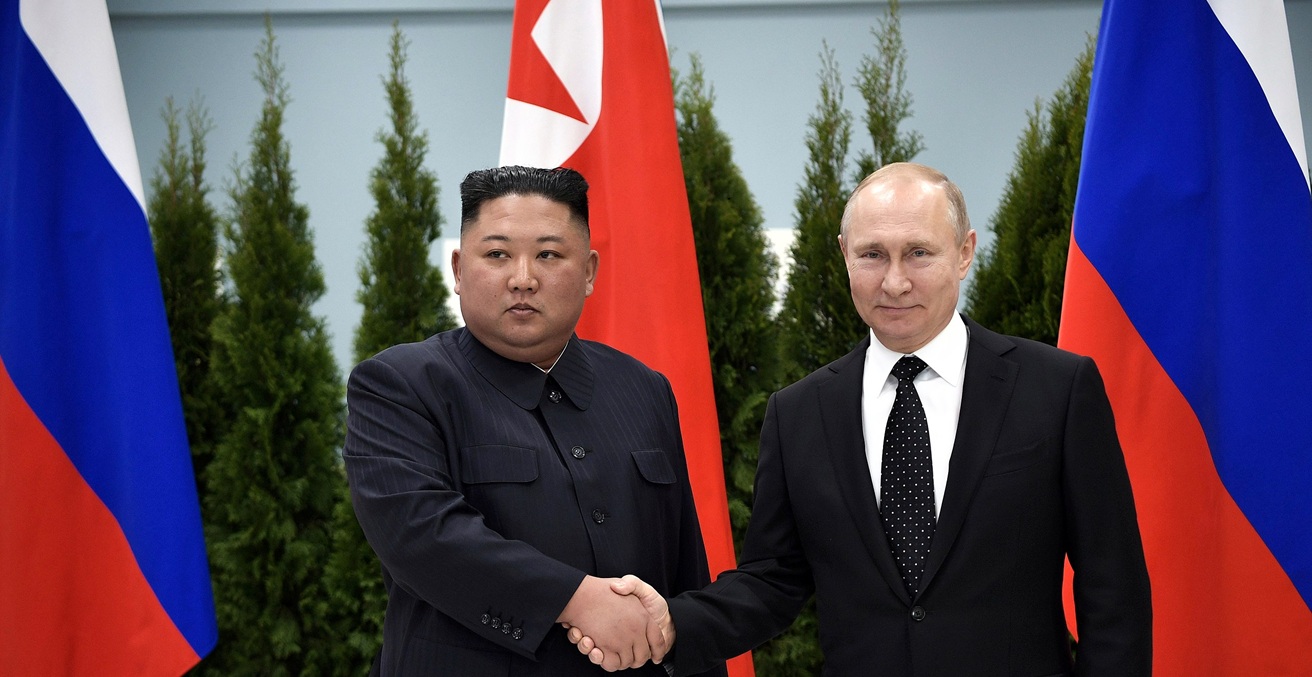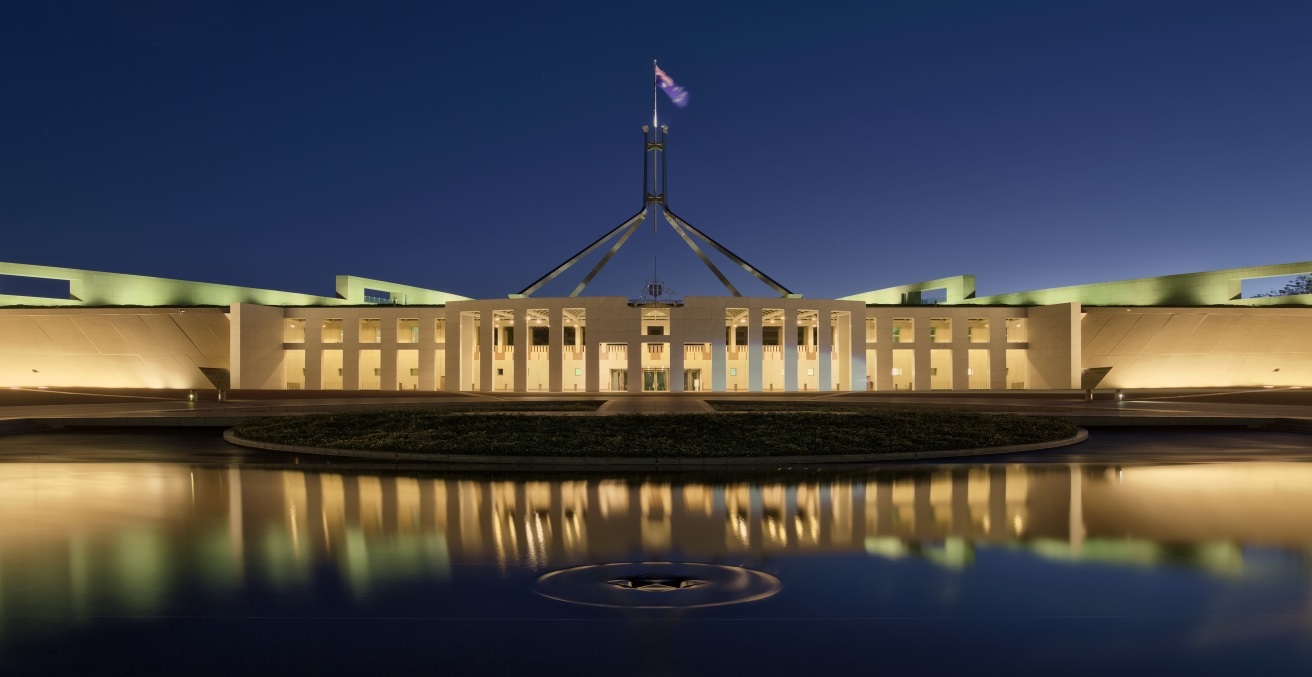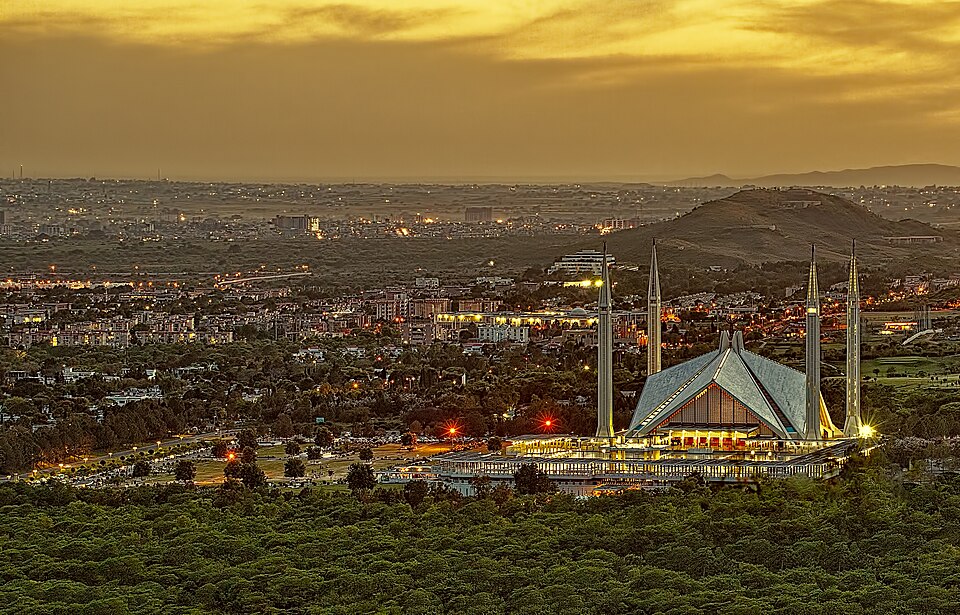North Korea is not going to give up its nuclear weapons any time soon. Pyongyang’s other strategic deterrent—a massive arsenal of chemical weapons—may prove a more fruitful target for disarmament.
The strategic fortunes of North Korea in 2025 are very different to that of 2017. When Donald J. Trump first assumed the presidential office in January of that year, Pyongyang was still in the process of building a viable nuclear weapons platform that could target the continental United States. The 2017 North Korean Nuclear Crisis prompted the Trump administration to launch a concerted attempt to coerce Pyongyang into “complete, verifiable and irreversible denuclearisation (CVID).” Washington’s efforts, involving a mixture of brinkmanship, hard bargaining—and explicit threats via the deployment of serious military assets—ultimately failed. Later that year, the North successfully tested an intercontinental ballistic missile capable of reaching the US homeland. The subsequent 2018 summit between Trump and Kim Jong-un, held in Singapore, and the 2019 summit in Hanoi, led nowhere.
When Donald Trump assumed office for the second time, in January of 2025, he struck a very different tone on Pyongyang. North Korea was now, he acknowledged, an established nuclear power. Today, in addition to properly miniaturised nuclear warheads that can be fit on several delivery platforms, Kim’s regime oversees an arsenal that includes intercontinental ballistic missiles (ICBMs), intermediate range missiles (IRBMs), medium range ballistic missiles, submarine-launched ballistic missiles (SLBMs), and cruise missiles. Even if only a portion of these systems are fully functional, this still amounts to a serious military capability that cannot be forcibly removed, barring a massive conflagration.
There is another, possibly more manageable class of strategic weapon that North Korea has been harbouring over several years—chemical weapons (CW). These are thought to include sulphur mustard, phosgene, Sarin and other nerve agents, some likely ranged against vulnerable South Korean population centres via artillery, missiles, and multiple rocket launchers. For several years now, South Korea’s Ministry of National Defense has estimated this stockpile comprises between 2,000 and 5,000 tonnes of CW agent.
Pyongyang’s CW capability was demonstrated in grotesque miniature on 13 February 2017, when Kim Jong-un’s estranged half-brother, Kim Jong-nam, was killed with VX nerve agent at Kuala Lumpur International Airport. The public murder of Kim Jong-nam was conducted just as the 2017 North Korean Nuclear Crisis began, on the morning after Pyongyang successfully tested their Pukguksong-2 (KN-15) medium range ballistic missile over the Sea of Japan. Horrific as the VX murder was, it pales in comparison to the likely human impact of CW agents being used, in mass, against South Korean towns and cities in the event of a conflict.
With North Korean nuclear weapons now an undeniable reality, those focused on arms limitation are left with few options in 2025. As such, Pyongyang’s chemical weapons portfolio might be worth putting on the negotiating table. North Korea still finds itself the target of sanctions and thus has an incentive to engage in disarmament talks of some kind. American officials, stung by the failure of 2017, might like to regain some clout with an achievable disarmament “win,” albeit of a non-nuclear kind. And of course, South Korea, home to the population that would suffer most from the North’s chemical weapons, would greatly benefit from seeing them verifiably destroyed.
There is a recent precedent for decommissioning an active chemical weapons program in the case of Syria. In (slightly) happier times, Russia and the United States pressured the embattled regime of Bashar al Assad into acceding to the 1993 Chemical Weapons Convention and forfeiting tonne-quantities of CW agent, after a series of government chemical attacks on civilians in 2013. Admittedly, the destruction of Syria’s chemical weapons stockpile was only a partial success, as evidenced by the resumption of nerve agent attacks in 2017, Assad’s uninterrupted “low level” use of improvised chlorine munitions, and recent revelations of a larger CW program than originally declared. And of course, facing as he was a determined insurgency and popular uprising, al Assad’s position in the 2010s was entirely different to that of Kim’s in 2025.
However, if, as some have suggested, North Korea’s chemical weapons program was designed to fill a “deterrence gap” during the long march to acquire a viable nuclear weapons arsenal, Kim might be persuaded to engage in discussions on renouncing CW. This would be even more likely if Pyongyang has in fact already developed tactical nuclear weapons for shorter range use on the Peninsula, an objective Kim claimed to achieve in 2023. As a first step, perhaps a more fruitful model than Syria might be the 1992 India-Pakistan Agreement on Chemical Weapons, which saw the complete prohibition of CW on the subcontinent. Such an agreement could realistically be applied to the Korean Peninsula, where Seoul is no longer in possession of any chemical weapons as of 2008, and Pyongyang repeatedly claims not to have any CW themselves.
Some may regard the idea of Pyongyang giving up any strategic weapon system as fanciful. Having signed a Comprehensive Strategic Partnership with Moscow in 2024 after committing thousands of troops to Russia’s war on Ukraine, North Korea’s degree of isolation within the wider geopolitical architecture has lessened, if only slightly. But while it may seem counter-intuitive, the Trump administration’s declared intention to re-establish closer ties with Vladimir Putin’s Russia might provide an opening for addressing the North Korea CW issue. This would require Moscow taking a more productive approach than it ultimately did in Syria, where an initial spirit of co-operation was later sullied by a determined Russian campaign to protect the Assad regime from accountability for the resumption of CW use, and other atrocities.
Neither Washington, nor Moscow, can do much about North Korea’s nuclear arsenal today. Proposing negotiations on chemical weapons, however, might at least restart discussion on disarmament in one sphere, and could ultimately lead to progress on strategic weapons in general. Fully accounting for, and entirely destroying, the North’s chemical weapons would be a complex undertaking. Australia and the US at least have the technical capacity to assist in such an endeavour, should the political opportunity arise.
Joel R. Keep is a PhD candidate at the University of New South Wales, where his doctoral work focuses on deterrence, non-proliferation and control of chemical and biological weapons.
This article is published under a Creative Commons License and may be republished with attribution.





